Tesla yesterday announced that it has removed ultrasonic sensors (USS) on Model 3 and Model Y vehicles produced in or after October 2022. This change is going to transition to the flagship Tesla Model S luxury sedan and Model X SUV in 2023.
In May last year, Tesla started removing forward-facing radar on its entire electric vehicle lineup. After the removal of radar, Tesla felt confident that it is time to remove the 12 ultrasonic sensors from its cars.
The reason for the removal of radar and now ultrasonics from Tesla vehicles is the advancement in Tesla Vision. The automaker has exponentially improved its overall Autopilot AI software based only on pure camera feed for the last one and a half years.
Ultrasonic sensors on a Tesla vehicle are installed on the front and rear bumpers. We can see in the following diagram taken from the owner’s manual that 6 of these are placed on each front and rear bumper of a Tesla Model Y and Model 3.
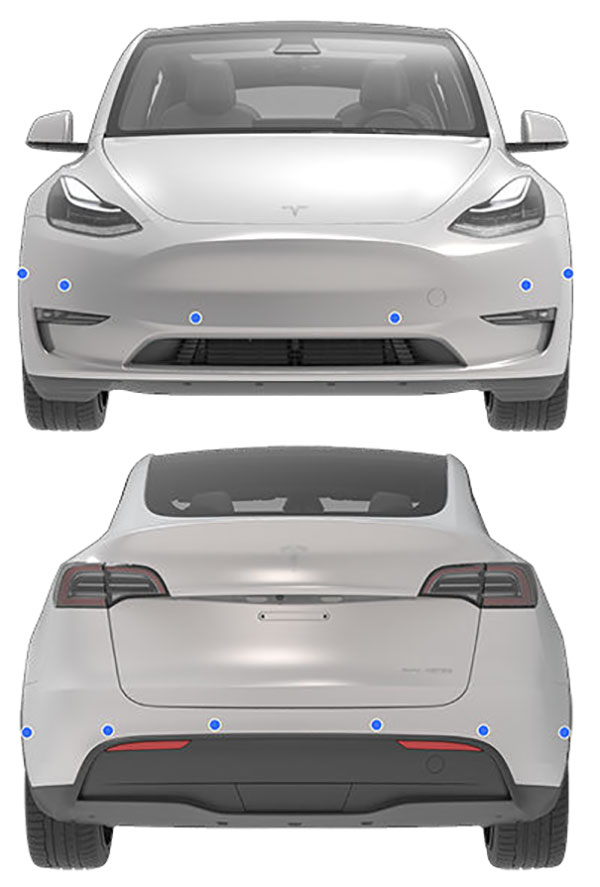
Tesla’s online car configurator has removed sensors from the design of the front and rear bumpers of Model S, 3, X, and Y already. The automaker also claims that the crash safety ratings of a Tesla vehicle will not be affected by the removal of these ultrasonic sensors.
The suite of these ultrasonic sensors not only helped Tesla Autopilot (self-driving) in the past but has also been utilized by features such as Parking Assist, Autopark, Summon, and Smart Summon.
Now, with the removal of these sensors in new production Tesla Model 3/Y vehicles starting October 2022, the software development teams at Tesla need to re-align the above-mentioned features using Tesla Vision alone.
Therefore, Tesla Model 3 and Model Y cars produced and delivered in October will have these features either limited or inactive temporarily.
However, Tesla will gradually restore these features via free over-the-air software updates with the new Tesla Vision technology that is currently being used by Tesla’s Full Self-Driving Beta.
For a short period of time during this transition, Tesla Vision vehicles that are not equipped with USS will be delivered with some features temporarily limited or inactive, including:
– Park Assist: alerts you of surrounding objects when the vehicle is traveling <5 mph.
– Autopark: automatically maneuvers into parallel or perpendicular parking spaces.
– Summon: manually moves your vehicle forward or in reverse via the Tesla app.
– Smart Summon: navigates your vehicle to your location or location of your choice via the Tesla app.
In the near future, once these features achieve performance parity to today’s vehicles, they will be restored via a series of over-the-air software updates. All other available Autopilot, Enhanced Autopilot and Full Self-Driving capability features will be active at delivery, depending on order configuration.
Source: Tesla official announcement on support website.
| Features* | Equipped with USS | Not equipped with USS |
|---|---|---|
| Forward Collision Warning | ✓ | ✓ |
| Automatic Emergency Braking | ✓ | ✓ |
| Lane Departure Warning / Avoidance | ✓ | ✓ |
| Emergency Lane Departure Avoidance | ✓ | ✓ |
| Pedal Misapplication Mitigation | ✓ | ✓ |
| Auto High Beam | ✓ | ✓ |
| Auto wiper | ✓ | ✓ |
| Blind Spot Collision Warning Chime | ✓ | ✓ |
| AutoSteer† | ✓ | ✓ |
| Auto Lane Changes | ✓ | ✓ |
| Navigate on Autopilot | ✓ | ✓ |
| Traffic Light and Stop Sign Control | ✓ | ✓ |
| Park Assist | ✓ | Coming soon |
| Autopark | ✓ | Coming soon |
| Summon | ✓ | Coming soon |
| Smart Summon | ✓ | Coming soon |
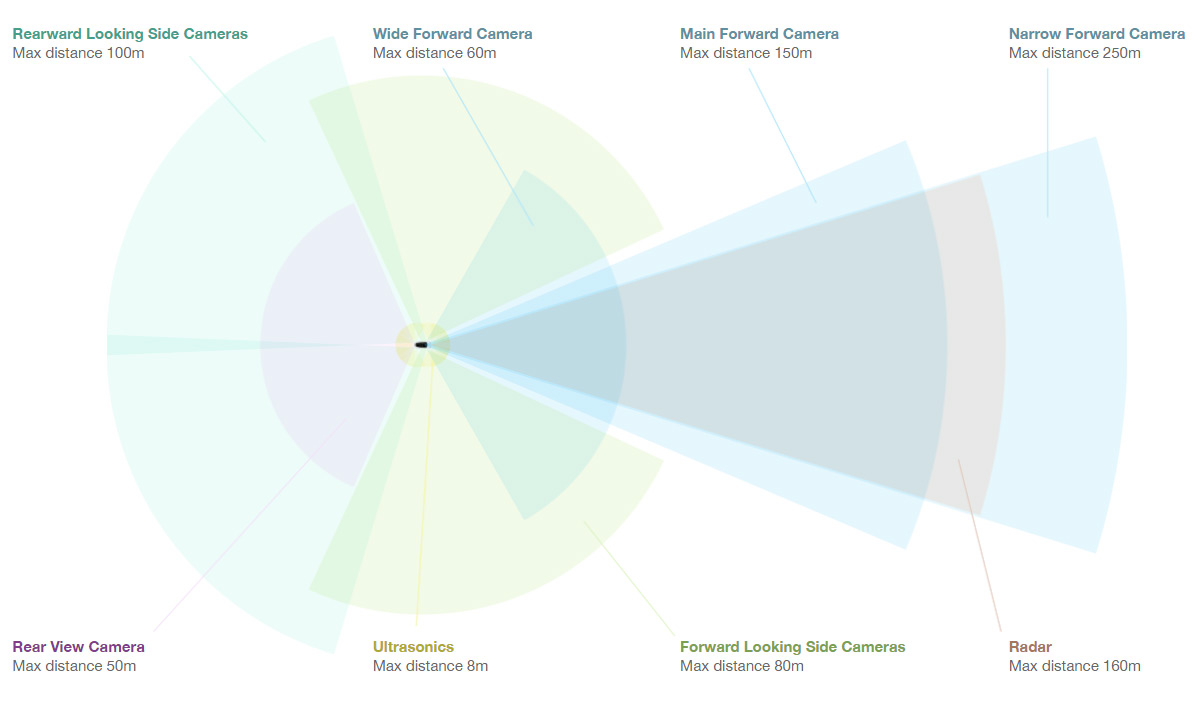
Above is an old Tesla Autopilot diagram showing the range covered by each piece of hardware installed for the purpose. Rays from ultrasonic sensors on a Tesla vehicle spread for a max distance of 8 meters. The rest of the component ranges are:
- Narrow forward camera 250m
- Main forward camera: 150m
- Radar (discontinued): 160m
- Wide forward camera (1 on each side repeater): 60m
- Rearward-looking side camera (B pillar): 100m
- Rearview camera: 50m
- Ultrasonic sensors (discontinued): 8m
Andrej Karpathy, the former Tesla Director of AI was the main visionary behind using the vision-only approach to solve Full Self-Driving at the company. Last year at a virtual conference, he even explained in detail why Tesla took the path to vision-only Autopilot and left behind radar and ultrasonic sensors in the process. Elon Musk has always been severely critical of using Lidar for solving the self-driving algorithm.
The absence of radar and now ultrasonic sensors have not only streamlined Neural Net data for Autopilot/FSD to just video but has also further simplified the car manufacturing process. Without the need of finding 3rd party radar and ultrasonic sensor providers, Tesla will have fewer supply chain issues to cope with as well.
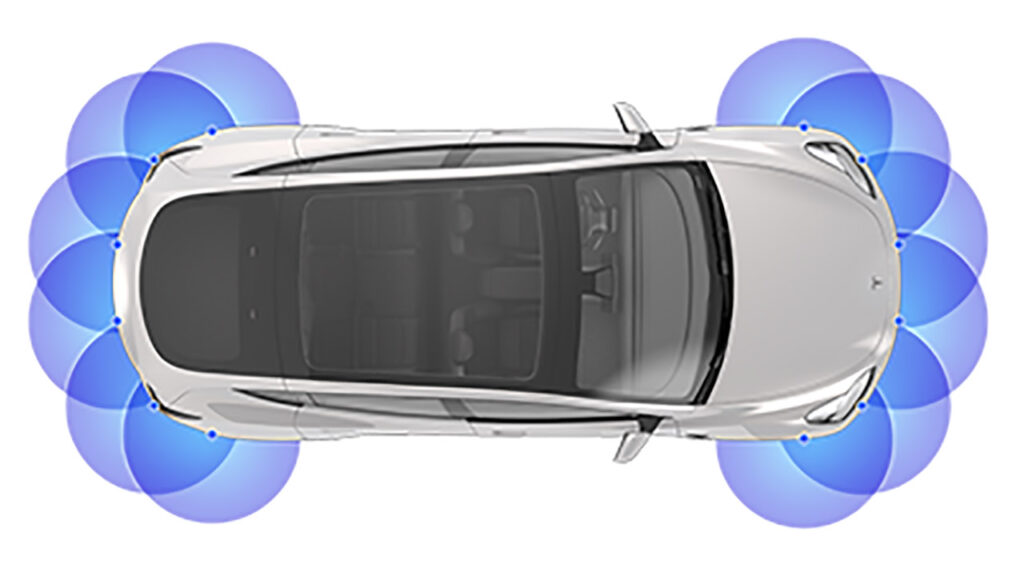
Let us know what you think on this topic in the comments section below.
Stay tuned for constant Tesla updates, follow us on:
Google News | Flipboard | X (Twitter) | WhatsApp Channel | RSS (Feedly).
Related
- Tesla FSD v14.2.1 conquers ‘The Snake’ highway in California (hairpin turns, ~30 curves, video)
- Tesla FSD v14.2.1 recognizes hand gestures and proceeds a red light and more (videos)
- License Tesla FSD or face the disruption — Musk once again warns legacy automakers
- Tesla offers 30-day FSD v14 trials to HW4 vehicles in North America, FSD v14.2 goes wide release
- Tesla update 2025.44 goes wide with Radio Traffic Announcements, dashcam tweaks, preps for Holiday Update (Release Notes)
- Tesla FSD v14.2 modifies how you select Speed Profiles and Arrival Options

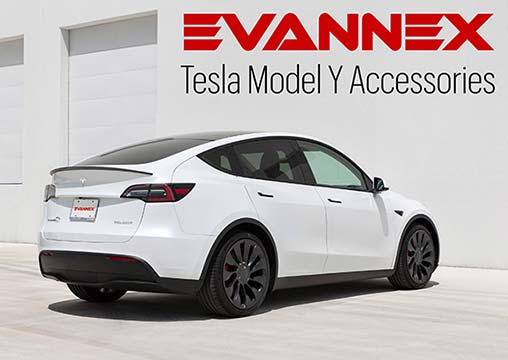
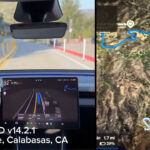
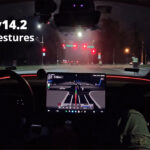
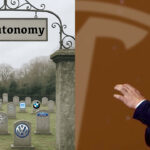
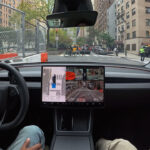
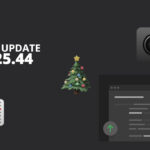
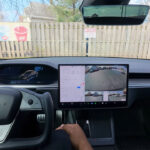
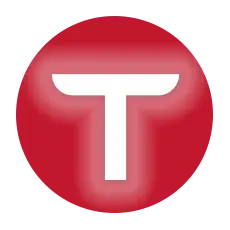
Will the extremely helpful accurate distance measurement to an object for front-in and back-in parking be compromised by deleting the ultrasonic sensors?
What happens when it rains and the rain droplets distort the camera image?
Tesla is reportedly bringing back Radar, an HD Radar this time.